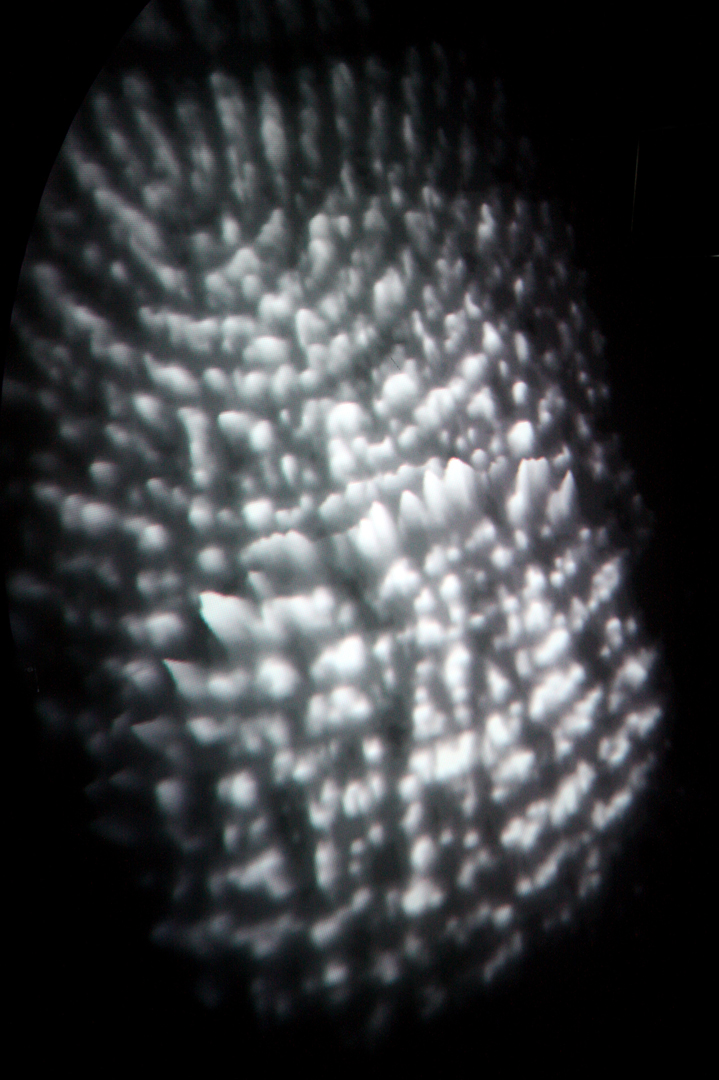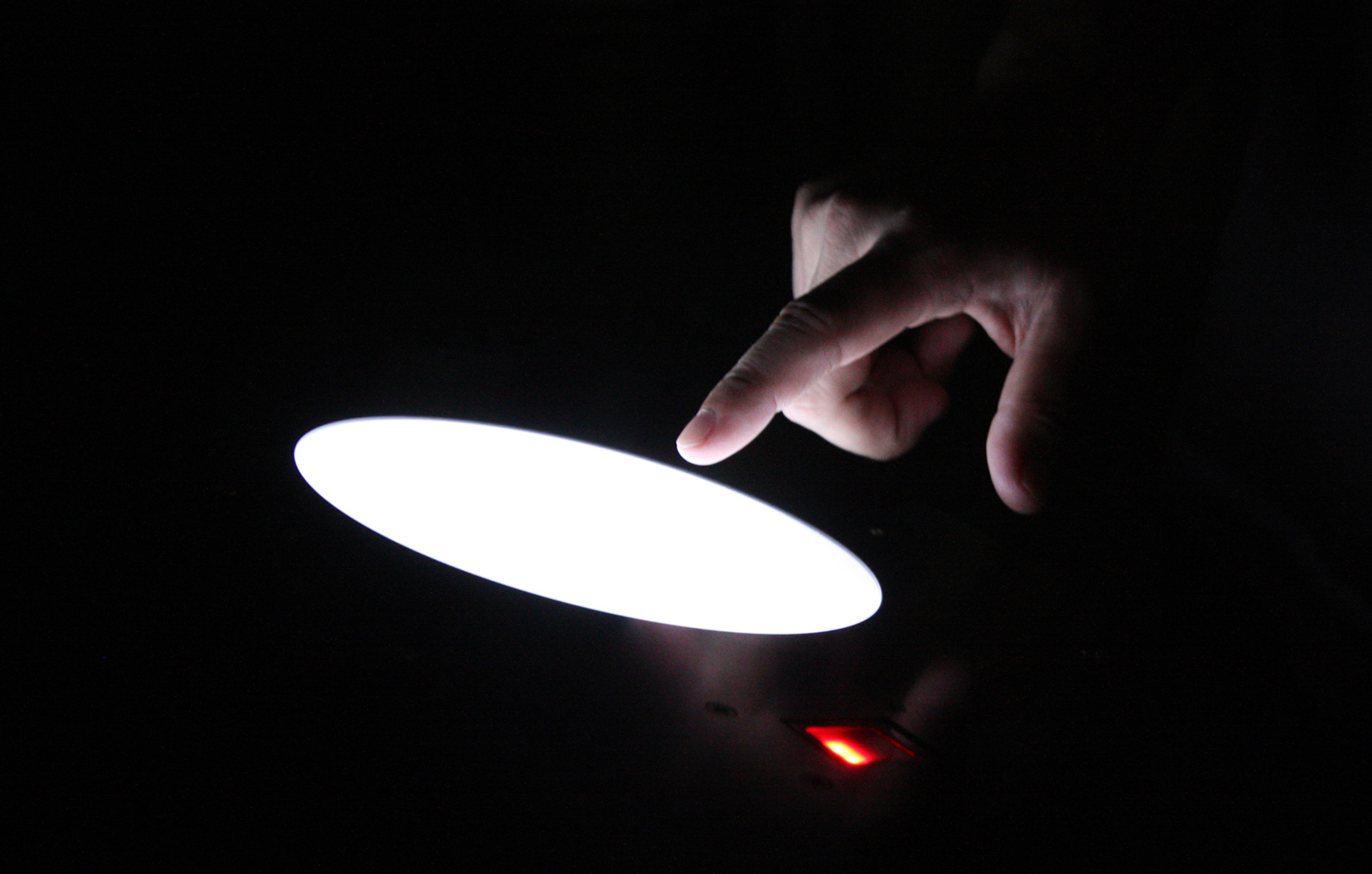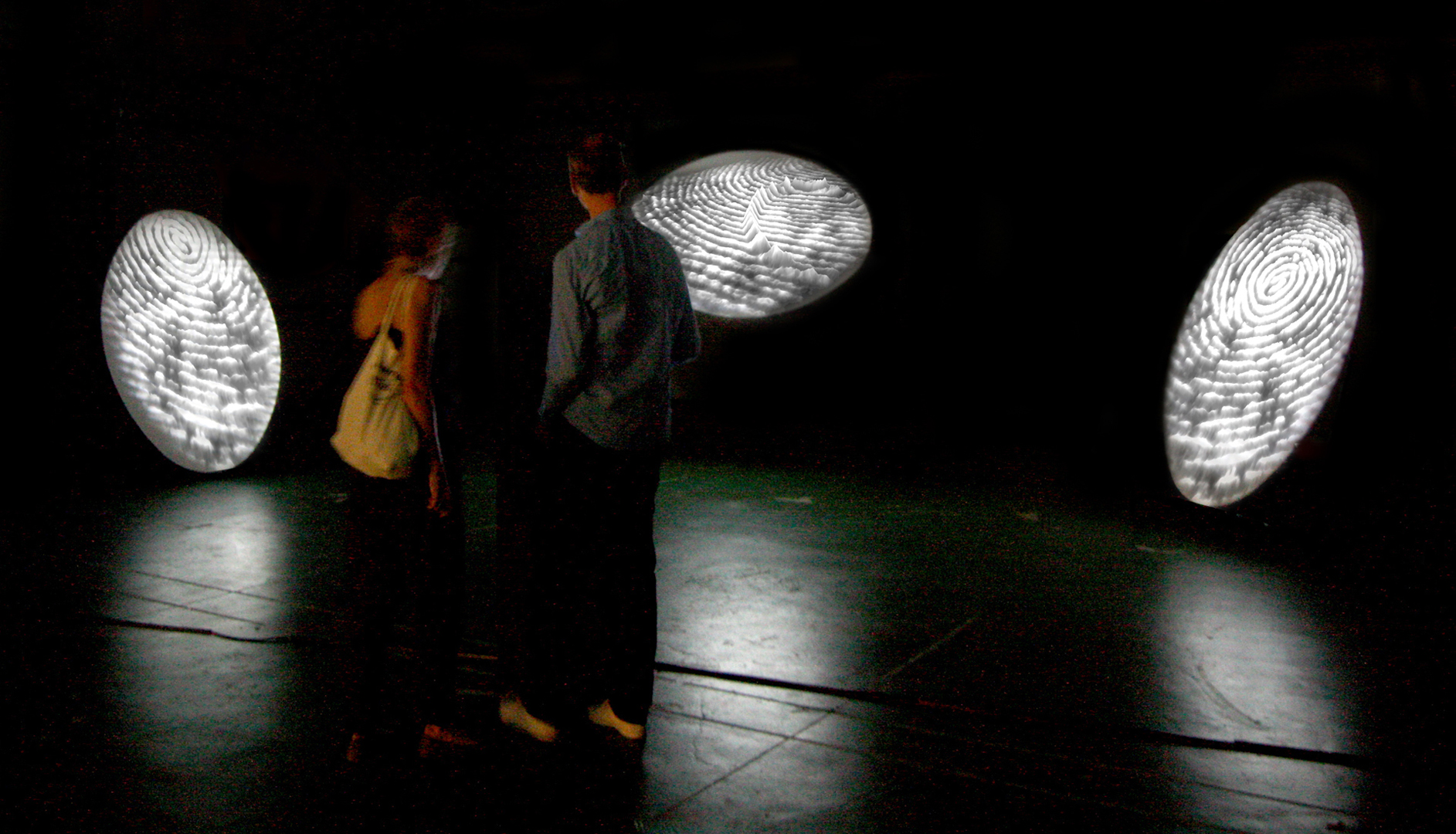Skin Pattern Data Sonification as Personalized Media Art Experience
Session Title:
Presentation Title:
Presenter(s):
Abstract:
Fingerprints are unique biometric patterns on human and primate bodies. They are clearly recognizable patterns that can be manipulated and saved into large databases. Due to their distinct and unique visual patterns, they have been useful for personal identification and security. We believe fingerprints are the most intuitive and powerful source of data that represent an individual’s pure voice and identity. There is no trick or filter on the fingerprint patterns. Only the simple, spiral pattern displays the truth of human birth, genes, and growth. Thus, fingerprints are a powerful resource not only for revealing societal identities, but also for exploring our bodies’ inner, unconscious, and pure voices. Digiti Sonus is an interactive audio/visual art installation based on fingerprint sonification. Transforming fingerprints’ unique patterns into sonic results allows the audience to experience the discovery of sensory identities. The sonification of data produces a real-time music composition as a representation of integrated human identities. The distinct visual features of fingerprints as an open musical score are executed in diverse ways and converted into three-dimensional animated images. By varying the starting point of animated visuals, the musical notes are reorganized in different orders and duration, and they resonate in listeners’ bodies and minds. In this artwork, sonification can serve as an effective technique for representing complex information like human body patterns, due to the auditory system’s ability to perceive a broad range of stimuli. Transforming fingerprints’ unique patterns into sonic results allows listeners to discover sensory identities. The data is transformed into different XYZN scales and magnified into an immersive audio/visual representation. Listeners can ‘perform’ musical sounds, providing input that results in dynamic audio/visual output.









